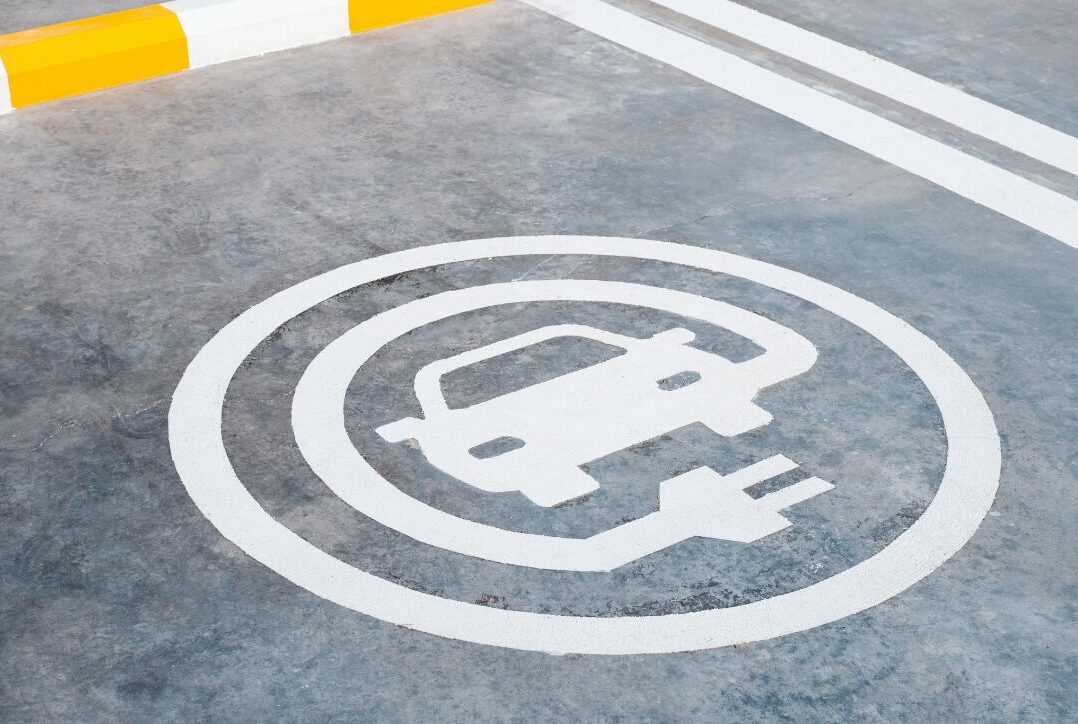The EV is an umbrella term for battery EVs, plug-in hybrids, hybrids, and fuel cell EVs. In this infographic we go through the different types of electric vehicles and their key differences.
(Accessibility version below)

Electric Vehicles, or EVs, are all over the news. With demands on the rise dueto environmental concerns, we have seen many more EVs in the news and on the road.
But did you know? An EV is in reality, an umbrella term. Despite what many may think, EVs can still have a traditional combustion engine as well as a battery-powered motor, and can even generate electricity without plugging into a charge point.
Take a look at the different types of electric vehicles (EVs) and all the different components they utilize to operate properly on the road.
- HEV – Hybrid Electric Vehicle
- Utilizes traditional internal combustion engine (ICE) with electric propulsion, meaning that the ICE charges the batteries to power the electric motor
- Still requires fuel to operate, though it has a higher fuel economy than ICE vehicles
- Less carbon emissions than ICE vehicles
- Heavier weight because of the components involved
- FCEV – Fuel Cell Electric Vehicle
- Fuel cells combine hydrogen and oxygen to product electricity, which runs the motor
- The battery captures braking energy, conserving extra power to smooth out power from the fuel cell
- Emissions are simply water vapor and warm air
- Vehicles can be more expensive and difficult to refuel due to the lack of fuel stations
- PHEV – Plug-in Hybrid Electric Vehicle
- PHEVs can be charged for power, and runs mostly on the electric motor
- Still utilizes fuel to power the ICE, but the engine is considered backup
- Prices can be higher than other vehicles
- Less fuel consumption, less carbon emissions
- Heavier weight due to the components involved
- BEV – Battery Electric Vehicle
- No ICE, powered by electricity only. The vehicle plugs into a charge point to recharge the battery
- No emissions, and lower maintenance
- Charging can take time, and range anxiety can limit driving distance
- Prices can be higher than conventional ICE vehicles, but more affordable models are launching as demand rises.
Secure it First. No matter what your vehicle is fueled by, without proper protocols in place, systems can be more vulnerable to cyberattacks. EVs are no exception. Particularly for BEVs, communication between the vehicle and charge point, as well as its servers, could pass along sensitive information like 1) Credit card / payment information, 2) Personal Identification Information (PII), and 3) Vehicle data.
Ensure that your charge point operator and mobility operator’s systems are in compliance with ISO-15118 standards for V2G (Vehicle-to-Grid) communication. This will ensure that both the vehicle and charger’s certificates are verified and safely delivered, making your EV ride a secure one.
AutoCrypt PnC secures the EV and its supply equipment during the Plug&Charge process, providing secure communication and certificate management. For more information, visit our product page!



